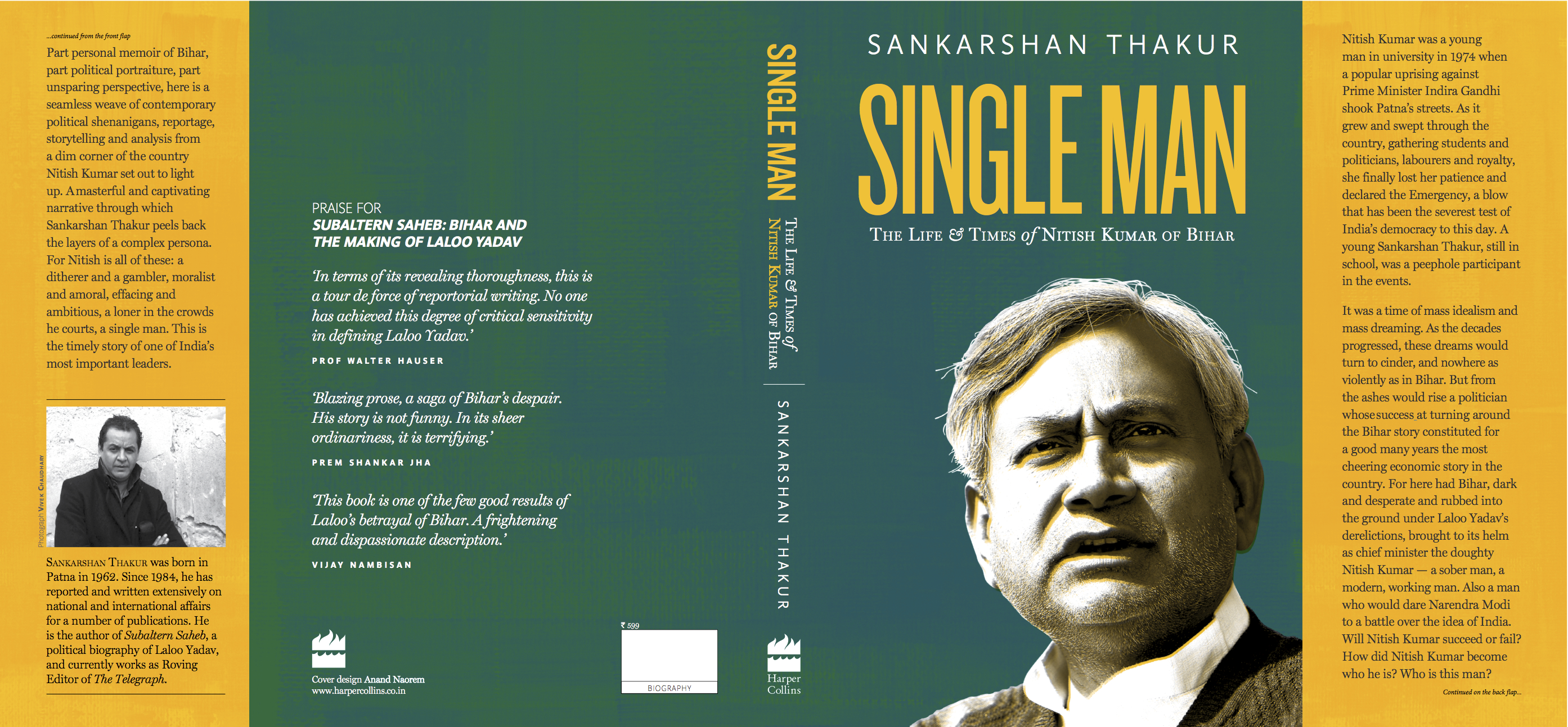This column should complete the trilogy of columns on the price of crude oil. In yesterday’s column I had argued that it is difficult to predict which way the price of oil would go in the short-term, even though it seems that it will continue to remain low.
The more important question is which way the price of crude oil will go in the long term. While exact forecasting is risky business, the direction of the price rise can be predicted especially when structural factors are at work.
Nevertheless, before we get around to doing that, we first need to understand why is oil so important for the progress of human civilization. As Jeremy Grantham of GMO puts it in a newsletter titled The Beginning of the End of the Fossil Fuel Revolution (From Golden Goose to Cooked Goose: “The quality of modern life owes almost everything to the existence of fossil fuels, a massive store of dense energy that for 200 years had become steadily cheaper as a fraction of income. Under that stimulus, the global economy grew ever larger.”
By fossil fuels Grantham means coal and oil. But what is it that makes oil so important? Grantham explains it through an example of one of his sons who is a forester. Grantham talks about a situation where wood is needed for heating purposes and hence, trees need to be cut. This can be done by hiring local labour who will use their axes to cut trees, and paying them a respectable minimum wage of $15 an hour. The other option is to fill a chainsaw with a gallon of gas and use that to cut trees.
As Grantham writes: “One of my sons, a forester, tells me he could cut all day, 8 to 12 hours, with a single gallon of gasoline and be at least 20 times faster than strong men with axes and saws, or a total of 160 to 240 man hours of labor. For one gallon!”
If people had to be hired to do the same job around $2,400 (160 x $15) to $3600 (240 x $15) would have to be paid. That’s the value created by one gallon(or 3.79 litres) of gasoline(or what we call petrol in India) which costs around $3 in the United States.
This “surplus value” created by gasoline and other petroleum products were a major reason which helped usher in the industrial revolution in the Western world. Before the world discovered fossil fuels it was totally dependent on wood from trees for its energy requirements.
As Grantham writes in another newsletter titled Time to Wake Up: Days of Abundant Resources and Falling Prices Are Over Forever: “[Wood]…was necessary for producing the charcoal used in making steel, which in turn was critical to improving machinery – a key to progress. (It is now estimated that all of China’s wood production could not even produce 5% of its current steel output!) The wealth of Holland and Britain in particular depended on wooden sailing ships with tall, straight masts to the extent that access to suitable wood was a major item in foreign policy and foreign wars. Even more important, wood was also pretty much the sole producer of energy in Western Europe.”
Other than being used for making charcoal, wood was also used to power steam engines and for heating purposes. What this meant was that forests were rapidly cut down for wood which was required to produce energy. “Not surprisingly, a growing population and growing wealth put intolerable strains on the natural forests, which were quickly disappearing in Western Europe, especially in England, and had already been decimated in North Africa and the Near East. Wood availability was probably the most limiting factor on economic growth,” writes Grantham.
If the world had not discovered first coal and then oil, it would have run out of trees by around 1850, estimates Graham. And there would have been other impacts as well. “By 1900 wars would have been fought over forests, and the population – without oil-intensive agriculture, both for growing and transportation – would have peaked out probably well under two billion and our species would indeed have had its nose pushed up against the limits of food,” writes Grantham.
That is the importance that fossil fuels, in particular oil, have had on the human civilization over the last two hundred years. So, it is important that the world continues to have access to “cheap” oil. But will that be case?
As Niels C. Jensen writes in The Absolute Return Letter for January 2015 titled Pie in the Sky: “The world will still run out of cheap oil (cheap as in approx. $25 per barrel of production cost, as is currently the average production cost in the Middle East) over the next decade or so. It is hard to predict exactly when, because OPEC members are not the most informative people in the world.”
This, despite the fact that over the last six to seven years the world has managed to increase the production of shale oil. In the United States oil production has gone up by 4 million barrels per day to 9 million barrels per day and almost all of it has come through shale oil production.
Even with this, the future does not look very encouraging. And there is a reason for the same. As James K. Galbraith writes in The End of Normal: “There is no doubt that shale is having a strong effect on the American economic picture at present…But the outlook for sustained shale…production over a long time horizon remains uncertain, for a simple reason: the wells have not existed long enough for us to know with confidence how long they will last. We don’t know that they won’t; but also we don’t know that they will. Time will tell, but there is the unpleasant possibility that when it does, the shale gas miracle will end.”
Grantham goes into detail about the point that Galbraith makes. The process used to drill out shale oil is referred to as fracking. As Grantham points out: “The first two years of flow are basically all we get in fracking…Because fracking reserves basically run off in two years and can be exploited very quickly indeed by the enterprising U.S. industry, such reserves could be viewed as much closer to oil storage reserves than a good, traditional field that flows for 30 to 60 years.”
Hence, shale oil will be what Jensen calls a “relatively short-lived phenomenon”. It is not replacing cheap traditional oil which is becoming more and more difficult to find. “Last year for example, despite spending nearly $700 billion globally – up from $250 billion in 2005 – the oil industry found just 4½ months’ worth of current oil production levels, a 50-year low!,” writes Grantham.
Hence the oil industry in the “last 12 months” has replaced “only 4½ months’ worth of current production!” This, despite the boom in shale oil production.
What this clearly tells us is that the recent fall in the price of oil is at best a temporary phenomenon. Over the long term, oil prices can only go up. As Jensen puts it: “we will see the oil price at $100 again, and it won’t take many years, but it could be an extraordinarily bumpy ride.”
Meanwhile,watch this space.
The column originally appeared on www.equitymaster.com as a part of The Daily Reckoning on Jan 14, 2015

